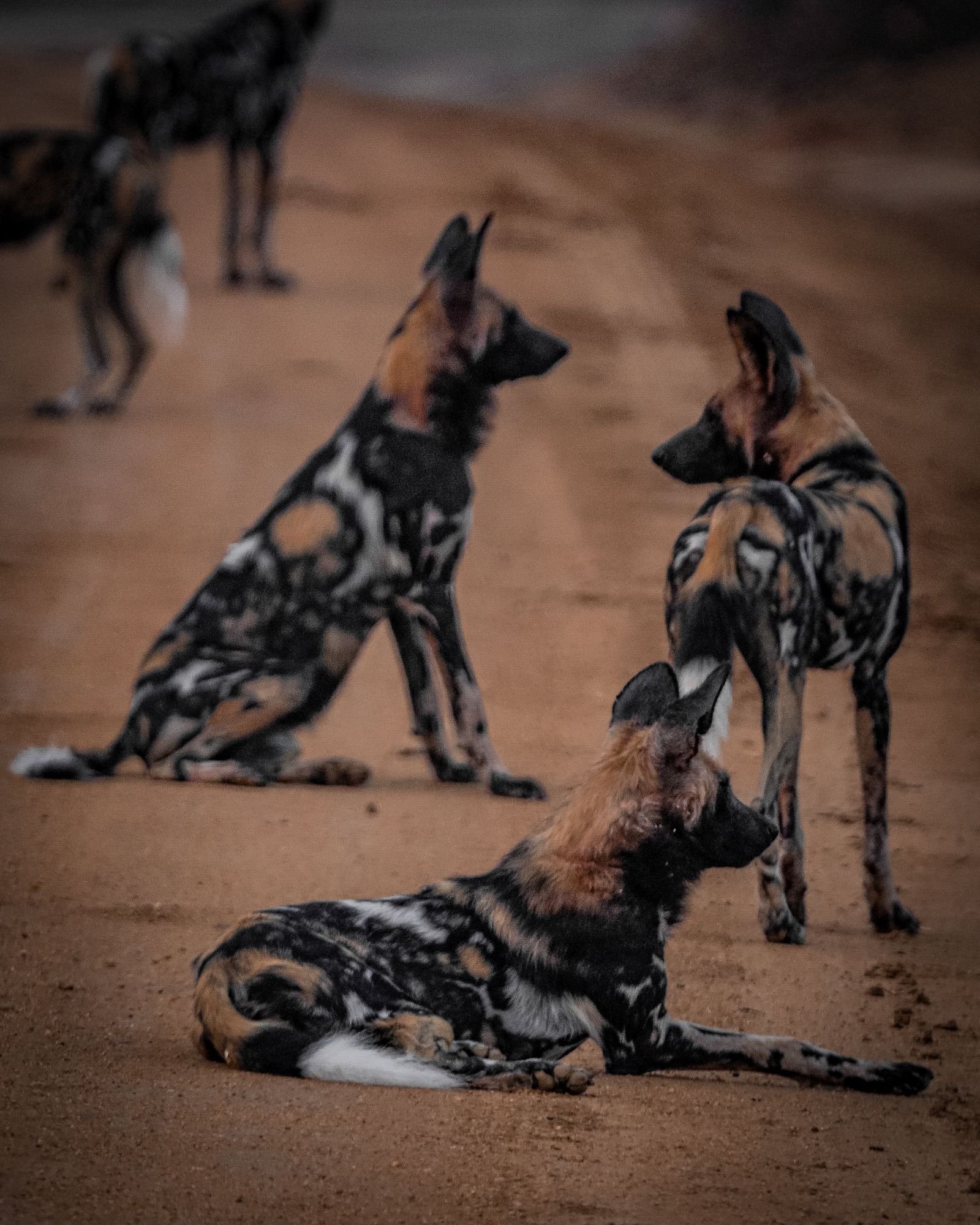
TAILOR CUSTOM CONSERVATION TECHNOLOGY SOLUTIONS
For your unique nature conservation and wildlife protection needs.
Elevate your conservation projects and drive meaningful outcomes with our data-driven conservation technology tools.
We recognise that every organisation has unique needs in wildlife protection and nature conservation. That’s why it’s in our DNA to create conservation technology solutions that are fit for purpose and tailored to our partners. Whether you're addressing biodiversity loss or enhancing field operations, our Project Plan helps you unlock bespoke solutions -designed specifically for your conservation goals.
Some inspiring examples of conservation technology to spark your imagination.
Habitat & Land Use Maps: Visual representations highlighting key ecological features that help assess biodiversity loss, plan conservation efforts, and manage natural resources effectively.
Environmental Time Series Analysis: Monitoring landscape changes with satellite data.
Real-time Tracking & Alerting: Creating your own rules to inform, warn, or alert.
Risk Radars: Advanced AI- and community-driven real-time monitoring technology for effective wildlife protection and to foster human-wildlife coexistence.
WildChats: AI-driven chat functions that make scientific knowledge about local species accessible and engaging for kids and communities, fostering understanding and empathy.
Individual Dashboards: Create personalised interfaces for seamless data access, integrating information from all your various sources.
Reports & Maps: Get custom reports and maps powered by advanced conservation technology - tailored to align with your specific information needs.
AI-Models: Custom AI-Models tailored to your specific conservation problems.
READY TO CREATE SOMETHING EXTRAORDINARY TOGETHER?
Unlock tailored conservation technology solutions crafted just for you. Want to join us?




